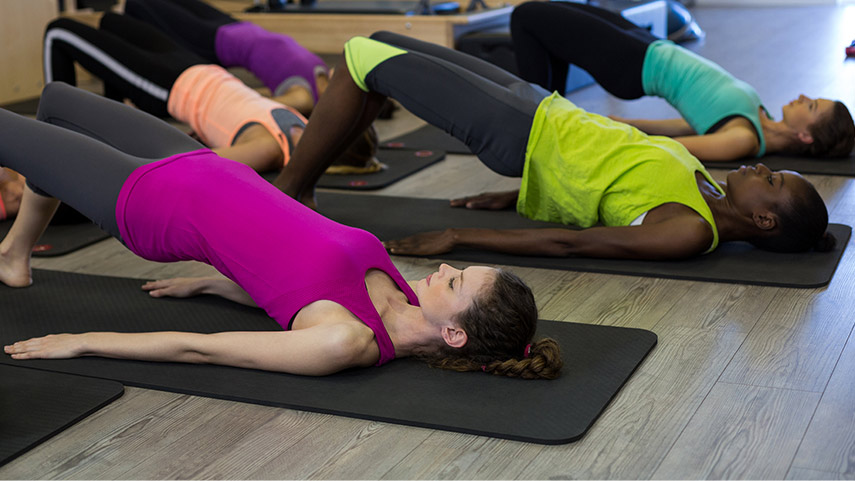Comprehensive Osteopathy: from evaluation to treatment and follow-up care
Osteopathy is a medical practice method focused on diagnosing, treating, and preventing various issues related to the musculoskeletal system of the human body. It is based on the belief that the body possesses its own self-healing mechanisms and is capable of independently restoring health.
Osteopathy is applied in various medical spheres, focusing primarily on treating back pain, muscular imbalances, and issues related to bones and joints. Additionally, osteopaths aim to enhance patients’ overall well-being, working on stress reduction, immunity enhancement, and maintaining general health.
History of osteopathy and distribution
This new medical direction arose at the end of the 19th century in the USA. Andrew Still, its founder, was a doctor, mechanic and priest. In 1864, following a meningitis epidemic that claimed the lives of his family, Still created an entirely new philosophy of health.
In 1892, Dr. Still founded the first American School of Osteopathy in Missouri. Over time, new approaches to osteopathy have emerged, including cranial osteopathy, muscle-energy techniques, and others.
The activities of American osteopaths have drawn attention to their unique methods of treatment. New approaches gradually emerged, including cranial osteopathy (Sutherland), myofascial energy techniques, connective tissue release, counterstrain, and others. The political activism of American osteopaths and the need for medical reform led to their licensing as physicians, gradually integrating them into medical science. Today, there are 20 osteopathic schools in the United States, legally equal to higher education institutions. In the future, graduates can practice osteopathy and delve into specific medical specializations.
Fundamental Principles of Osteopathy
The principles of osteopathy emphasize the importance of the relationship between the body’s structure and its functions. This means that the correct positioning of bones, muscles, joints, and organs influences overall health. Osteopaths adhere to the idea that structural harmony positively affects the body’s functional state.
Impact of Musculoskeletal Issues on Health and Well-being
Many individuals grapple with chronic muscle pain, postural dysfunction, and a myriad of musculoskeletal issues caused by various factors, significantly impacting their daily lives and overall well-being. These problems, stemming from factors like poor posture, sedentary lifestyles, physical injuries, or age-related changes, affect mobility, comfort, and quality of life. These issues not only cause discomfort and pain but also hinder individuals from engaging in regular activities and can affect mental health by causing stress and discomfort. Addressing these musculoskeletal problems becomes crucial to improve daily functioning and enhance overall health and happiness.
Empowering Musculoskeletal Wellness
At Corpus Studios, we offer a comprehensive approach to osteopathy, rooted in evidence-based care. Our skilled osteopaths specialize in diagnosing and treating musculoskeletal dysfunctions through non-invasive manual therapy.
- Holistic Treatment Approach: Our team focuses on holistic healing, considering the interconnectedness of the body systems.
- Personalized Treatment Plans: Each patient receives a tailored treatment plan after a detailed evaluation, including orthopedic and neurological testing.
- Hands-On Therapies: Our osteopaths employ various hands-on techniques, such as massage, fascial rolling, and lymphatic drainage, aiming for optimal recovery.
Choosing Corpus Studios for osteopathic care means embracing a holistic, patient-centric approach to healing. Our team’s expertise, combined with personalized treatment plans, ensures a journey towards improved musculoskeletal health and overall well-being.






